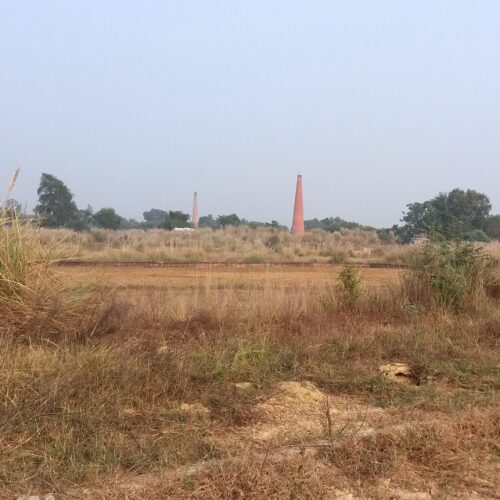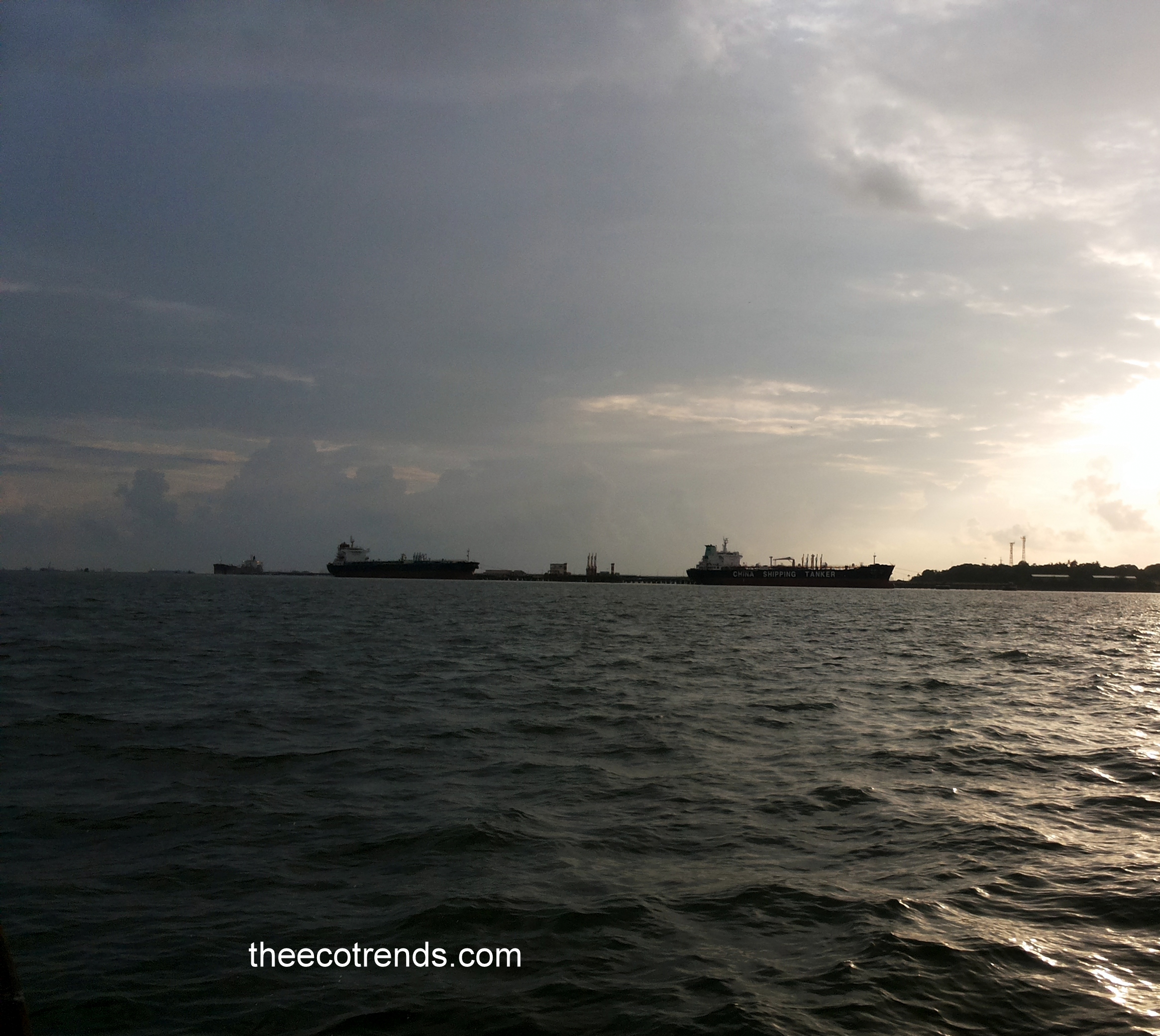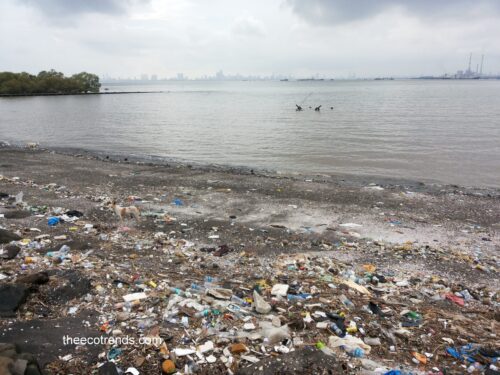Our natural resources are known to have some specific qualities of their own. These qualities are known as natural qualities. It is due to specific natural qualities that different natural resources have been useful to us and to the whole biosphere. But now, the condition has changed considerably. Most of our natural resources like air, water and soil have gone bad due to pollution of different types. What is pollution?
The condition of mixing unwanted and harmful substances in our natural resources so as to alter their natural qualities and to make them unfit for use, is called as pollution.
The Environmental Pollution has been the matter of Global Concern since last three decades. It was in 1972 that delegates of world Nations assembled on 5th and 6th June in 1972 in the United Nations Conference in Stockholm to discuss the issue of global pollution.
Again in 1992 delegates of more than 170 nations got together to discuss the issue of Environment and Development from 3rd June to 14th June in 1992 at Rio de Janeiro (Brazil) in the Earth Summit. Different nations of the world are now trying to control pollutions through their own ways on regional and national levels. Different types of pollutions are – Air Pollution, Water Pollution, Soil Pollution, Radiation Pollution and Noise Pollution.
Pollution in different components of environment has caused serious impacts. It has affected various processes of our natural environment like cycling of nutrients, flow of energy etc.
Disruption of nutrient cycles and habitats
Various nutrient cycles operate in nature. These cycles are necessary for the balance of ecosystems and survival of their components.
Nutrients in ecosystems flow in cyclic pathways through food chains and food webs. The movement of nutrients in the forms of elements or compounds from the physical environment into living organisms, and subsequently their come back to the physical environment through recycling is called as cycling of nutrients.
This cycling of nutrients must be balanced and stable in any ecosystem if organisms that live in that habitat are to flourish and be maintained in a constant population. But pollutions of different types affect the ecosystems up to such extents that natural flow of nutrients in ecosystems becomes very slow or restricted. This obstruction in the natural flow of nutrients through different components of ecosystems is called as disruption of nutrient cycles.
Now that different spheres of ecosystems remain inhabited by varieties of life forms, disruption of natural cycles of nutrients spoil the states of habitats that support life conditions, it is often very difficult for biotic components of ecosystems to adapt in the changing environment and to survive.
Thus, pollution not only disrupts nutrient cycling, it spoils habitats also and this condition finally leads to migration, ill health of inhabitants, their deaths and serious losses to biological diversity, and even extinction in some cases.
Let us take example of a pond receiving continuous supply of organic substances through surface runoff. The increasing organic components of the pond water are sure to encourage the growth of aquatic plants that not only disrupt the cycles of nutrients in the pond, but seriously alter the conditions of the aquatic habitat that are not fit for other organisms already living in it. The growth of aquatic plants in the water gradually changes most of the conditions of this aquatic habitat and these conditions may lead to a collapse of the ecosystem.




